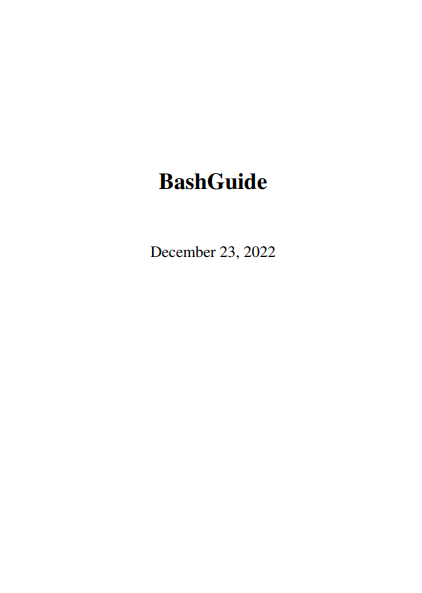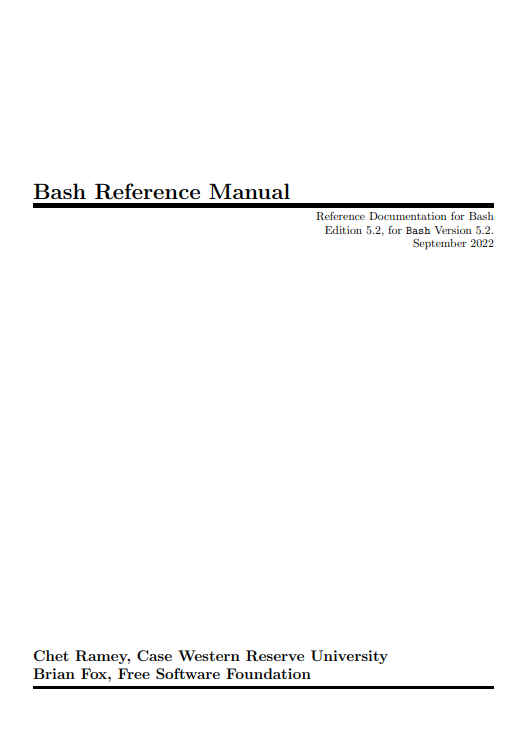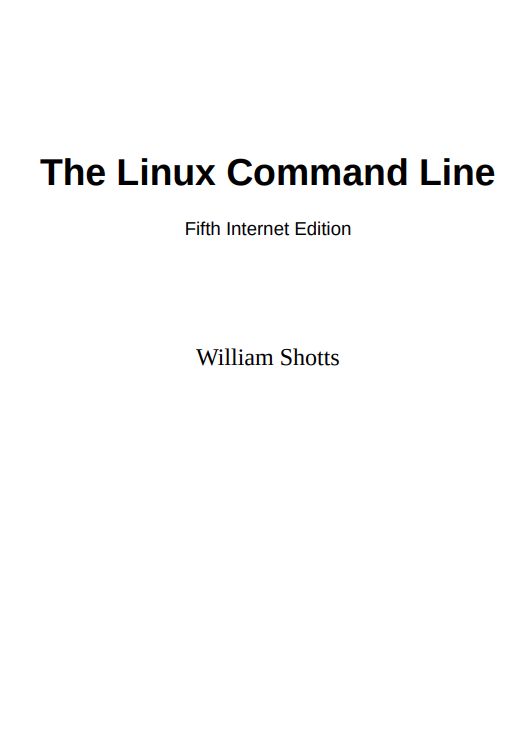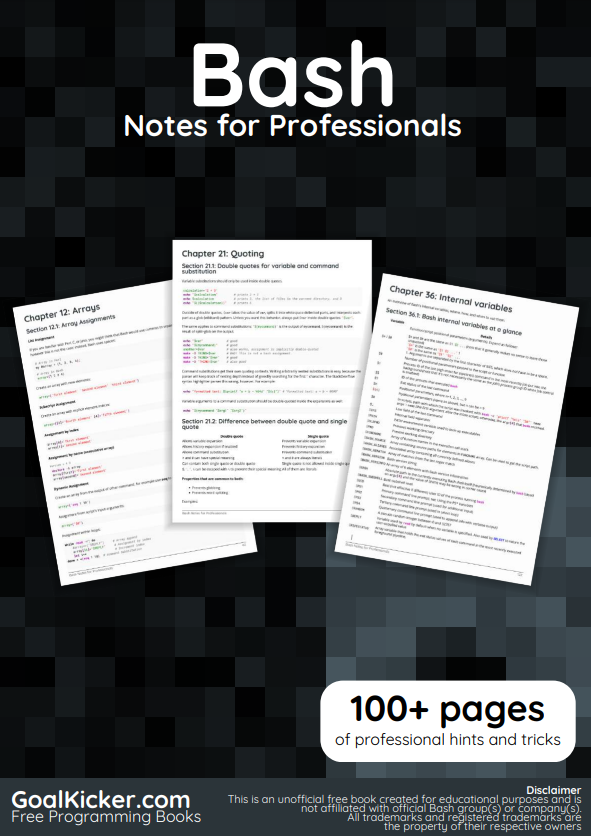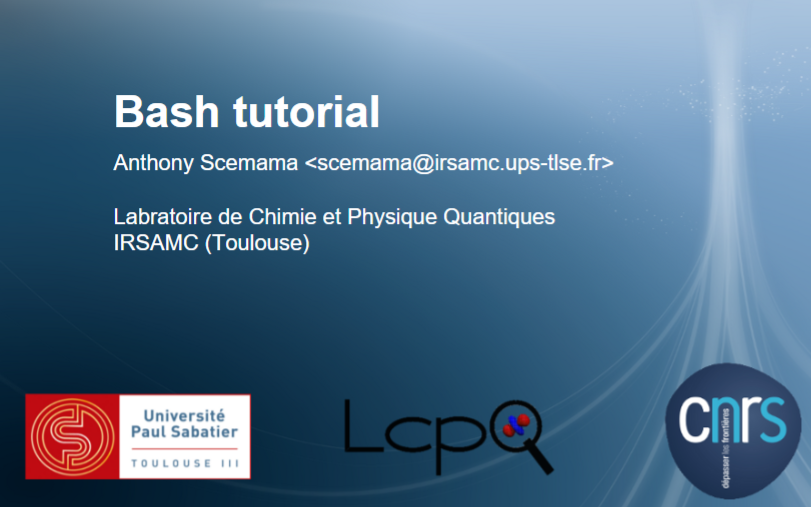Introduction
You are invited to make additions or modifications at http://mywiki.wooledge.org/BashGuide so long as you can keep them accurate. Please test any code samples you write.
All the information here is presented without any warranty or guarantee of accuracy. Use it at your own risk. When in doubt, please consult the man pages or the GNU info pages as the authoritative references.
About This Guide
A new version of this guide is currently being drafted. For now, this guide is still the most complete and best reviewed. Any contributions to the new guide are welcome via GitHub forks . This guide aims to aid people interested in learning to work with BASH. It aspires to teach good practice techniques for using BASH, and writing simple scripts.
This guide is targeted at beginning users. It assumes no advanced knowledge — just the ability to login to a Unix-like system and open a command-line (terminal) interface. It will help if you know how to use a text editor; we will not be covering editors, nor do we endorse any particular editor choice. Familiarity with the fundamental Unix tool set, or with other programming languages or programming concepts, is not required, but those who have such knowledge may understand some of the examples more quickly.
If something is unclear to you, you are invited to report this (use http://mywiki.wooledge.org/BashGuideFeedback, or the #bash channel on irc.freenode.org) so that it may be clarified in this document for future readers.
You are invited to contribute to the development of this document by extending it or correcting invalid or incomplete information.
A Definition
BASH is an acronym for Bourne Again Shell. It is based on the Bourne shell and is mostly compatible with its features. Shells are command interpreters. They are applications that provide users with the ability to give commands to their operating system interactively, or to execute batches of commands quickly. In no way are they required for the execution of programs; they are merely a layer between system function calls and the user.
Think of a shell as a way for you to speak to your system. Your system doesn’t need it for most of its work, but it is an excellent interface between you and what your system can offer. It allows you to perform basic math, run basic tests and execute applications. More importantly, it allows you to combine these operations and connect applications to each other to perform complex and automated tasks.
BASH is not your operating system. It is not your window manager. It is not your terminal (but it oftens runs inside your terminal). It does not control your mouse or keyboard. It does not configure your system, activate your screensaver, or open your files when you double-click them. It is generally not involved in launching applications from your window manager or desktop environment. It’s important to understand that BASH is only an interface for you to execute statements (using BASH syntax), either at the interactive BASH prompt or via BASH scripts.
